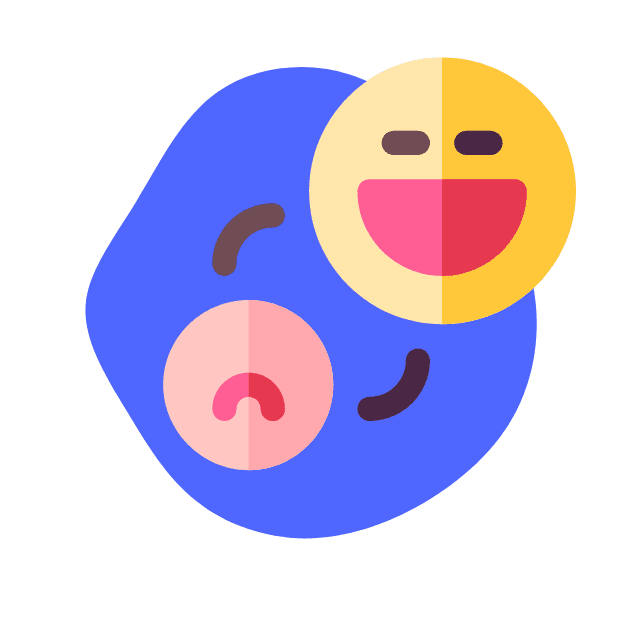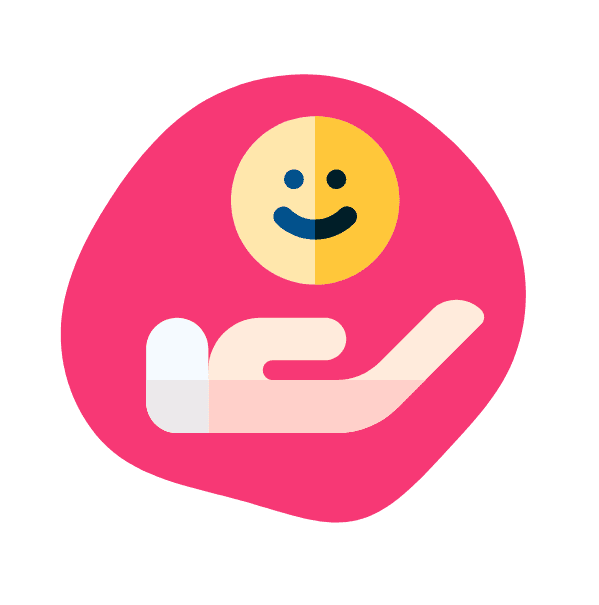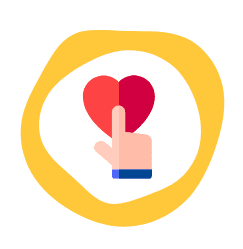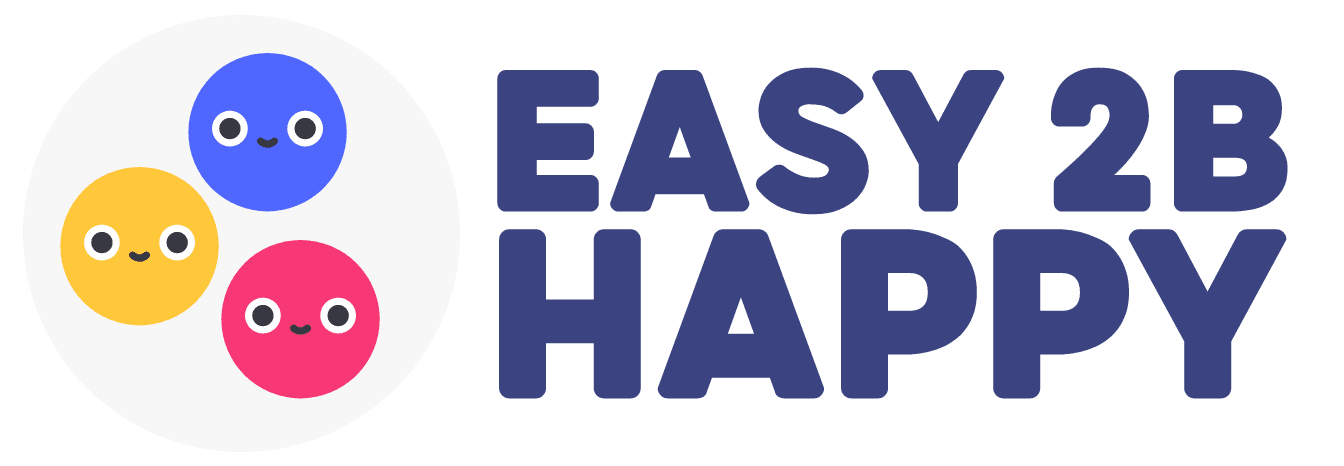
Did you ever notice that, on the evening news, hardly any positive information is presented? Why is that? The bleak truth is, we like to hear bad news; we have what is called a negativity bias. Because humans have a built-in tendency to focus on the negative rather than the positive.
Chances are you’ve seen pictures of a human brain: It’s that spongy organ in our head that sort of resembles a weird cauliflower. As you undoubtedly know, this odd-looking thing is extremely complex, constantly learning and developing. Far from a static entity, the brain is changing all the time. In fact, it changes with each experience we have. In prehistoric times, human beings were always under threat of violent attack, whether by another person or by a wild predator. Our survival was constantly at risk. Today, our brain retains the traces of these terrifying times, and it has evolved to find causes for anxiety all around us. Whether we are facing an armed robber or a stressful deadline, the exact same neural connections are activated. This means we are stressed out pretty much all the time; we worry about money, our job, politics, relationships, anything! This negative input activates a fight-or-flight response: Stress hormones like adrenaline and cortisol are released into the bloodstream and energy resources are drained, preparing us to react quickly to the perceived threat. Naturally, our mind falls into an anxious state


Bad experiences trigger stronger and more memorable emotions than good ones. In 2001, psychologist Roy Baumeister found that people pay more attention to angry faces than to happy ones.
Recent research suggests that we can rewire our brain’s negativity bias into a positivity bias by strengthening our positive experiences.
And you can strengthen any positive experience by simply taking the time to relive and savor it.
Bringing positive input into your everyday life can actually be done quickly and with ease.
For example, when you complete a task, even a small one like answering an e-mail, don’t just move onto the next thing. Stop for a moment and recognize that you’ve accomplished a goal and let yourself feel good about it.
One idea is to start a “Good Year box.” At the end of every day, take the time to think of at least one positive thing that happened, write it down on a piece of paper and place it in the box. In the moment, this will train your brain to recognize reasons to be happy. And, at the end of a year, you can open the box, read your notes and happily reflect on all the good experiences you had.
Another helpful practice is to start each morning by taking some time to focus on something positive. It may be as simple as acknowledging the fact that you’re in good health, or that you’re waking up in a quiet and safe place. This practice will help you let go of any negativity you may be feeling and train your mind to focus on things you can be grateful for. Bring up the memory of eating your favourite food. It might be as extravagant as a dinner you had at a great restaurant or as simple as your favourite vanilla ice cream. Now, try to imagine the pleasure that that food gave you. While you’re doing this, stretch out this mental experience for as long as you can. Keep that delicious and happy feeling going; if you get distracted, just try to bring yourself back to it. You can do this exercise to strengthen any positive experience and help move yourself toward a positivity bias

Welcome to Happiness Insights Center
The Happiness Insights Center is a resource for finding more happiness in life and work backed by scientific research. Founded by Srividhya Balasubramaniam, we celebrate the power to create a happier, healthier world through this community.

We’ve seen how our mind prioritises negative input, so we have to consciously work on staying positive. By focusing on the positive, we allow ourselves to enjoy life.

Give your life a happiness makeover!
Our exclusive courses includes tips and tricks from real life experiences to help you transform every part of your life for happiness.
